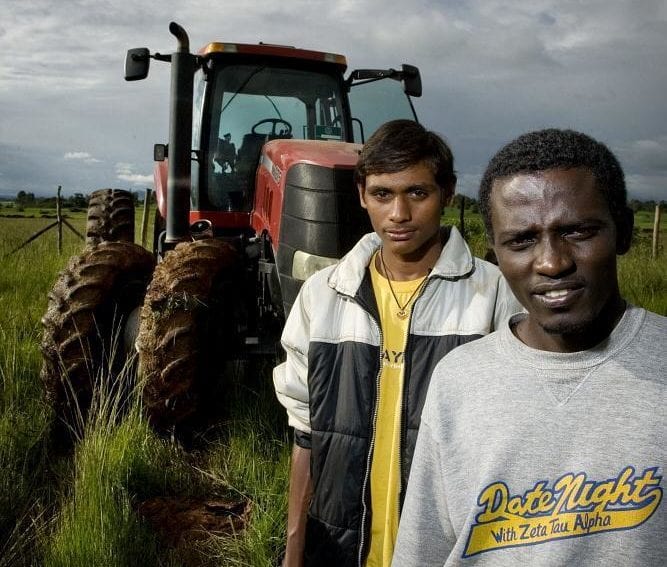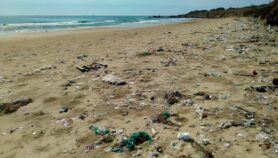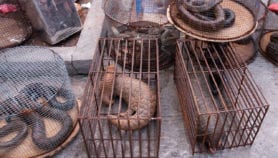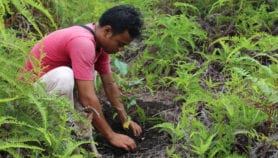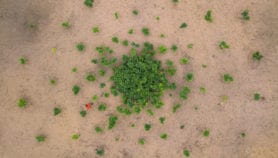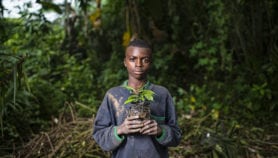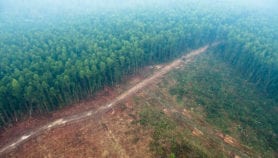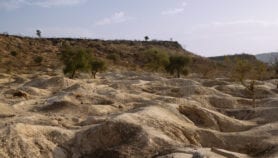By: Sam Otieno
Send to a friend
The details you provide on this page will not be used to send unsolicited email, and will not be sold to a 3rd party. See privacy policy.
[NAIROBI] Expanding croplands to wildlands to help meet food demands may significantly increase the risk of plague in East Africa, according to a study.
Researchers from Tanzania and the United States say in East Africa, use of conserved lands for agriculture has expanded by 70 per cent in the last decades, but evidence that such a growth could increase plague risk in the region is lacking.
Therefore, they selected northern Tanzania, which has experienced regular outbreaks of plague and sampled rodents and their fleas during June-July 2011 for the activities of the bacterium that causes plague in six sites made up of pairs of conserved lands and areas converted for agriculture.
“We should expect plague risk to increase as natural lands are transformed into croplands in areas where plague is endemic.”
Hillary Young, University of California, Santa Barbara
“Our key finding was that agricultural conversion caused a strong increase in plague risk for humans in the landscape,” says one of the study authors, Hillary Young, a community ecologist at the US-based University of California, Santa Barbara
Young explains that this occurred through many pathways, including increase in the total number of rodents in agricultural habitats — good at hosting the plague pathogen — in agricultural habitats and a shift in the composition of fleas in agricultural habitats towards those able to bite humans and transmit plague.
For example, Mastomys natalensis, a rodent that hosts Yersinia pestis, the causative agent of plague, “was nearly 20 times more abundant in agricultural sites than conserved sites,” according to the study published in the American Journal of Tropical Medicine and Hygiene early this year (23 February).
The researchers explain that using wildlands for agriculture increases the rate of encounter between humans and rodent hosts and vectors through an increase in human activity in converted landscapes.
“We should expect plague risk to increase as natural lands are transformed into croplands in areas where plague is endemic,” Young says. “Better disease surveillance in these areas may also minimise the health impacts of conversion.”
Douglas McCauley, a co-author of the study and an assistant professor of ecology, evolution and marine biology, also from the University of California, Santa Barbara, says building production capacity could ensure food security in Africa.
Christine Tam, sustainable trade and investment coordinator of the WWF Coastal East Africa Global Initiative, who is based in Tanzania, but was not involved in the study, says the relationship between plague and agricultural expansion is likely real as documented by the researchers.
“We believe that an integrated approach to land-use planning, land management, health and education can reduce risk of the disease,” she notes, adding that integrated land use planning based on strong science that supports environmental sustainability is needed.”
This article has been produced by SciDev.Net's Sub-Saharan Africa desk.
References
Douglas J. McCauley and others Effects of Land Use on Plague (Yersinia pestis) Activity in Rodents in Tanzania (American Journal of Tropical Medicine and Hygiene, 23 February 2015)


